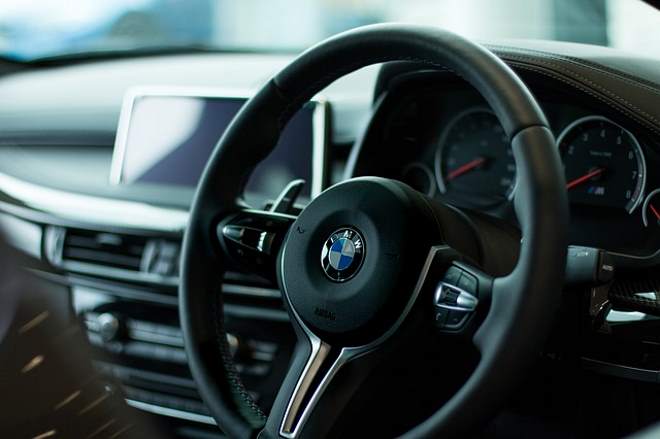Rediscovering the Charm of the Rotary Engine: A Forgotten Innovation
The automotive world is rich with innovation, constantly pushing the boundaries of what’s possible. Yet, while some technologies rise to prominence, others fade into obscurity. One such forgotten gem is the rotary engine. Born out of ingenious engineering, it once promised a revolution in the automotive industry. This article will dive deep into the history, current status, and potential future of the rotary engine, a piece of automotive technology that deserves a second look.

The Dawn of the Rotary Engine
The rotary engine, also known as the Wankel engine, was conceived by Felix Wankel, a German engineer, in the 1950s. Unlike conventional engines, which use reciprocating pistons, the Wankel engine employs a triangular rotor that spins inside an oval-like housing. The simplicity of the design led to fewer moving parts, making it lighter, more compact, and potentially more efficient than conventional piston engines.
Glory Days: The Rotary Engine in Its Prime
The rotary engine found its most notable application in the cars of Mazda, a Japanese automaker. The Mazda RX-7, in particular, became an icon, capturing the hearts of enthusiasts with its high-revving engine and sporty performance. Despite its popularity, the RX-7 was not immune to the challenges that plagued the rotary engine. They included high fuel consumption, emissions difficulties, and reliability concerns—issues that ultimately led to its downfall.
The Current State of the Rotary Engine
Today, the rotary engine is largely absent from the automotive landscape. The last car to host this technology was the Mazda RX-8, which ceased production in 2012. However, the spirit of the rotary engine lives on among a dedicated community of enthusiasts who continue to appreciate its unique characteristics.
The Rotary Engine: Challenges and Potential
Despite its appeal, the rotary engine faces several challenges. Its high fuel consumption and emission problems make it less environmentally friendly compared to piston engines. Furthermore, its unique design requires specialized knowledge and tools for maintenance and repairs, making it less practical for everyday use. Regardless, the rotary engine holds potential. With advances in materials and manufacturing techniques, there might be ways to overcome its inherent flaws and revive this forgotten technology.
Looking Forward: The Future of the Rotary Engine
Although the rotary engine is not currently being produced, Mazda has not completely abandoned it. The company announced plans to use a rotary engine as a range extender in its electric vehicles. While this might not be a return to the glory days of the RX-7, it is a sign that the rotary engine still has a role to play in the future of automotive technology.
In conclusion, the rotary engine represents a fascinating chapter in automotive history. Its unique design and charismatic performance have left an indelible mark on the industry. Despite the challenges that led to its downfall, the rotary engine remains a symbol of innovation and a testament to the relentless pursuit of performance. As the automotive world continues to evolve, who knows? We may yet see the rotary engine make a comeback.




